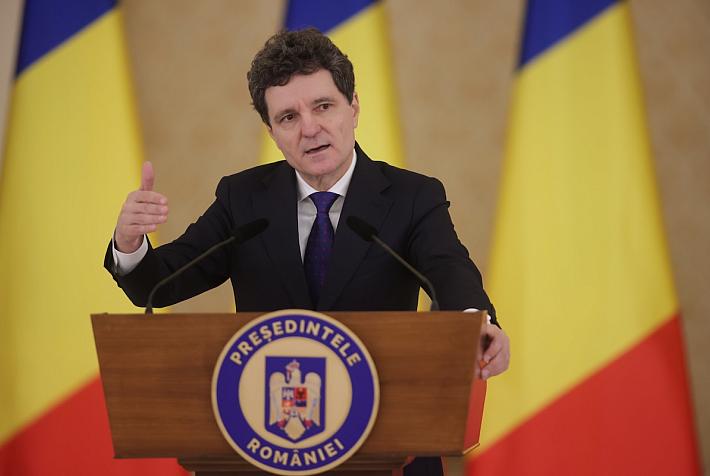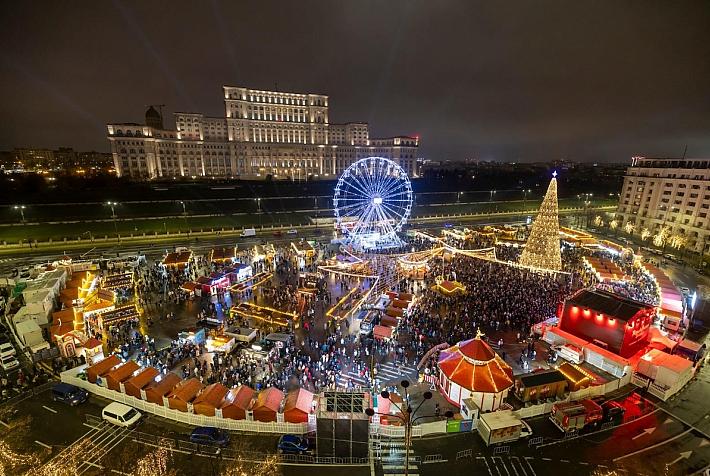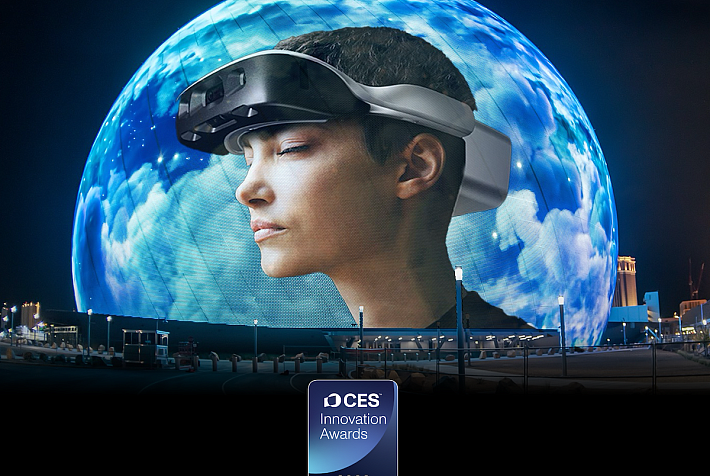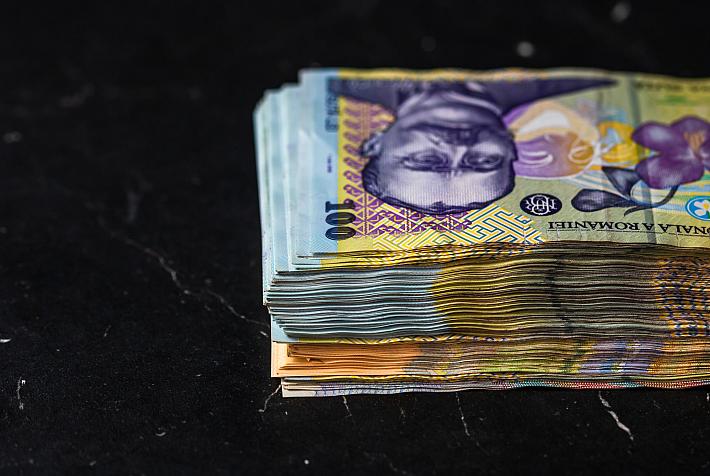Primăverii Palace: The late Romanian dictator’s residence, without Communist symbols

The opening of Primăverii Palace in Bucharest to the public earlier this year added a new place on the Communism related sites to visit in the capital city. Those interested can now check the details of the dictator’s private life and see what privilege looked like at the time.
The palace is a spacious residence mixing numerous decorative styles, which the tour focuses a lot on, with detailed explanations of furnishings in each room, from the ornamented ceilings to the carpets woven in elaborate patterns.
The tour starts with the study of the late dictator Nicolae Ceaușescu, where visitors are introduced to the history of the neighborhood and of the edifice, which was built at the request of communist leader Gheorghe Gheorghiu Dej, and initially served to accommodate high-ranking guests. When Ceaușescu became the party’s secretary general, the place turned into his private residence. One can see at this first stop what books were found in the study’s bookshelves, some of the presents Ceaușescu received from world leaders, find out whom he used to play chess with and what kind of paintings were preferred in the house.
There are 16 stops on the tour, covering various rooms in the residence, from working spaces to rest and leisure ones; bathrooms, cinema, spa, sauna, wine cellar, indoor garden and the pool. Items in the wardrobe of the couple are on display, as is the spa equipment of the era in the dedicated room. The pool, decorated with an ample mosaic, has been drained and now hosts a photography exhibition of the life of the dictator.
The indoor garden contains the original plants, including a mandarin tree.
In between presenting a mixture of Neoclassicism and late Renaissance decorative styles, the tour satisfies curiosities as to what Elena Ceaușescu cooked and how she took care of the house, what films the couple watched, where their dogs slept or why there are peacocks in the surrounding garden. The leaflet handed out at the entrance contains comments from one of the residence’s housemaids as to the type of attention to detail and cleanliness the presidential spouse had.
There are no symbols of Communism within the entire residence, and none in the style of those that decorated the walls and façades of public institutions throughout the country during Communism, with one exception the guide points to in Nicu Ceaușescu’s study room.
References are often made to the Romanian factories that provided the items found inside, a reminder of the local industry that changed after 1989. A lot of the furniture in the house was manufactured at the Heliade plant, some of the clothing was produced in Bârlad, the porcelain in Cluj, marble was brought from Rușchița. The carpets made in Cisnădie receive a special mention as visitors find it took the average citizen a lot longer to buy a carpet manufactured here than, predictably, a member of the party’s upper echelons. Another reminder of the contrast with the life of deprivation most people went through at the time.
The Primaverii Palace was built between 1964 and 1965, after the plans of architect Aron Grimberg-Solari. Architect Robert Woll was in charge of the landscaping and was also the main designer of the furniture found inside the residence. Throughout the entire time of Ceaușescu’s dictatorship, from 1965 to 1989, it served as the private residence of Nicolae and Elena Ceaușescu and of their children: Nicu, Zoe and Valentin.
The Primăverii neighborhood itself, was an exclusive one and went from being a working-class area, meant for employees of the capital’s gas plant to hosting the communist nomenclature. The neighborhood was initially called Aurel Cosma, after the first prefect of Timiş county after Banat was added to Romanian territory. After the war, its name was changed to Andrei Zhdanov (Jdanov), the head of the Communist Party of the Soviet Union in Leningrad, to honor the Soviet Union. During the 1960s the name of several streets in the capital were again changed, among them Jdanov boulevard, which became Primăverii, and Stalin boulevard became Aviatorilor. The first higher-echelon party members moved here during the 50s. More constructions were added as the existing ones were not sufficient, and the Primăverii neighborhood eventually became a closed world. This was made official in the mid 1980s when traffic to the area was forbidden and the security area surrounding it reached Calea Floreasca.
The palace was further expanded between 1970 and 1971 to the site that can be visited today.
Palatul Primăverii can be visited from Wednesday to Sunday, 10:00 to 18:00. Tour reservations can be made online or by calling +40 213 180 989. A tour costs RON 30 in Romanian and RON 45 in English.
By Simona Fodor, associate editor, City Compass, simona@citycompass.ro











